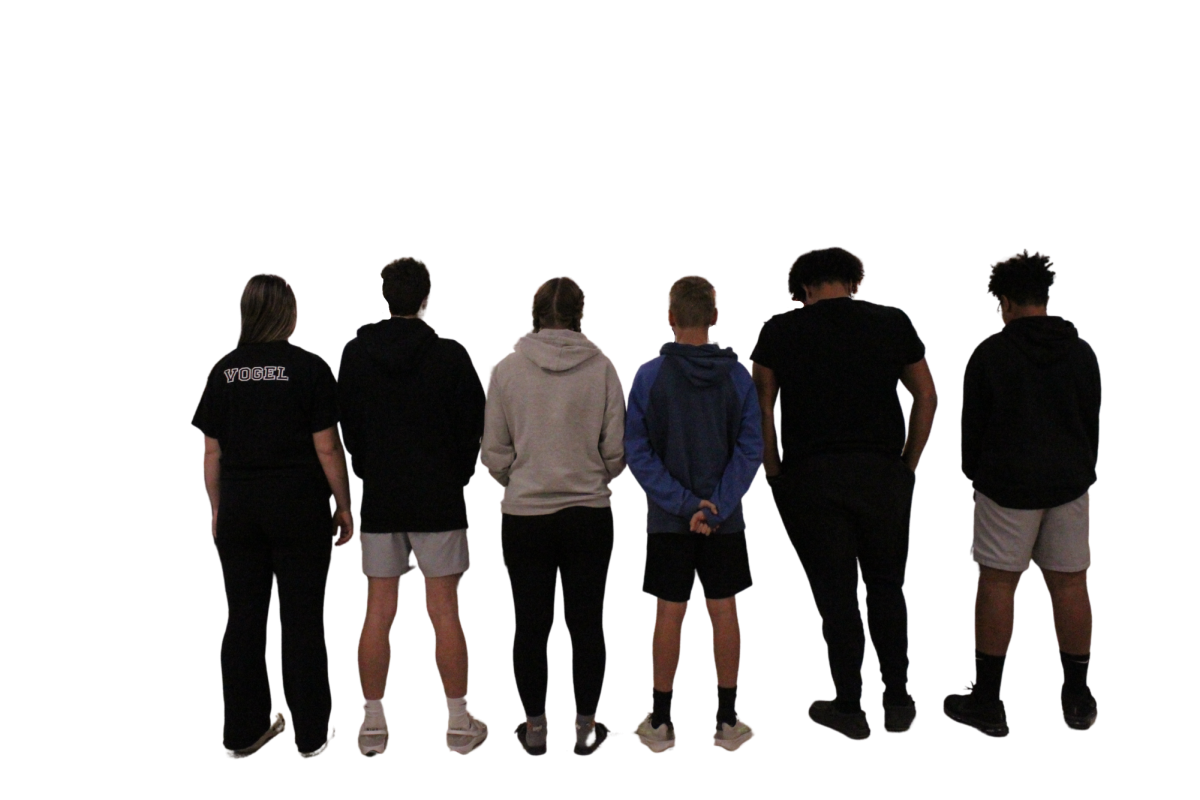In recent years, there has been a powerful convergence of witchcraft and feminism in media and entertainment. Because of this, society has slowly started to reclaim female empowerment and liberation.
Addressing misconceptions
Witchcraft, historically associated with women deemed threatening to patriarchal societies, has become a symbol of feminine power. However, amidst the celebration of witchcraft as a celebration of feminine empowerment, it is crucial to critique film and media undermining this message.
The media portrays witches as malevolent or sinister beings that engage in harmful rituals. These misconceptions demonize real-life practitioners of witchcraft and harm the image of what witchcraft truly is, a religion based on the worship of nature and cycles of life.
Much of the media uses the trendiness of witchcraft for commercial gain without fully understanding the implications of their actions and the true meaning behind them. However, movies like “The Craft” (1996) positively depict feminism, nature, spirituality and empowerment.
Although this is the case, many media representations of witchcraft fail to acknowledge the diversity within the community such as the show “Charmed.”
Stereotypical outdated depictions of witches as old, haggard women with pointy hats and broomsticks reinforce the negative image witchcraft has on society. Examples include the Wicked Witch of the East from “The Wizard of Oz” and the Old Witch from “Snow White and the Seven Dwarfs.” These portrayals of witches undermine their significance and cast a negative light on them.
Cultural appropriation
Borrowing elements from indigenous cultures, such as dreamcatchers, feather headdresses and voodoo dolls, without a proper understanding of them has been widely used throughout films and television such as “Charmed” and “The Princess and the Frog.” Associating these elements erases the cultural significance of these practices and contributes to the marginalization within these communities and the miseducation of different religions and cultures. We perceive indigenous symbols like wearing dreamcatcher necklaces as something “trendy” and wear them ourselves without thinking of the true meaning behind what those symbols truly mean.
So while media does have the potential to both challenge and reinforce stereotypes regarding witchcraft, consumers and creators need to advocate for more accurate and respectful portrayals.











